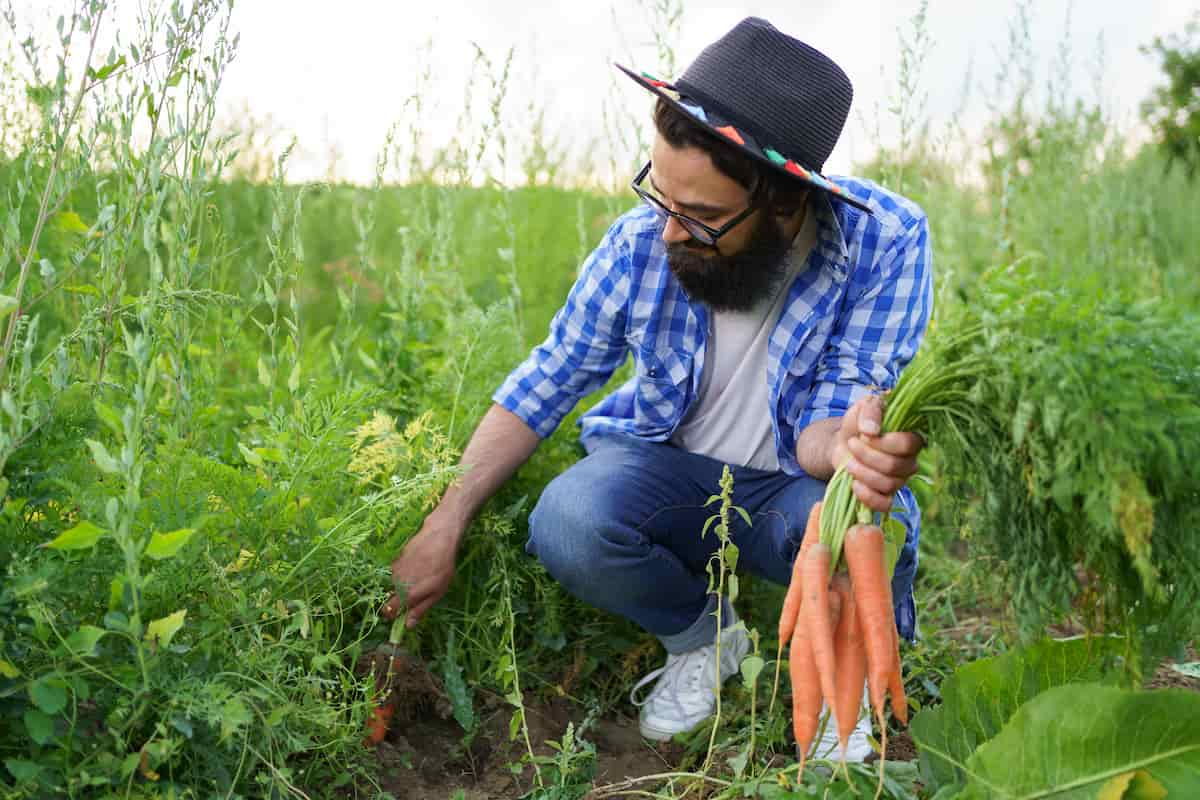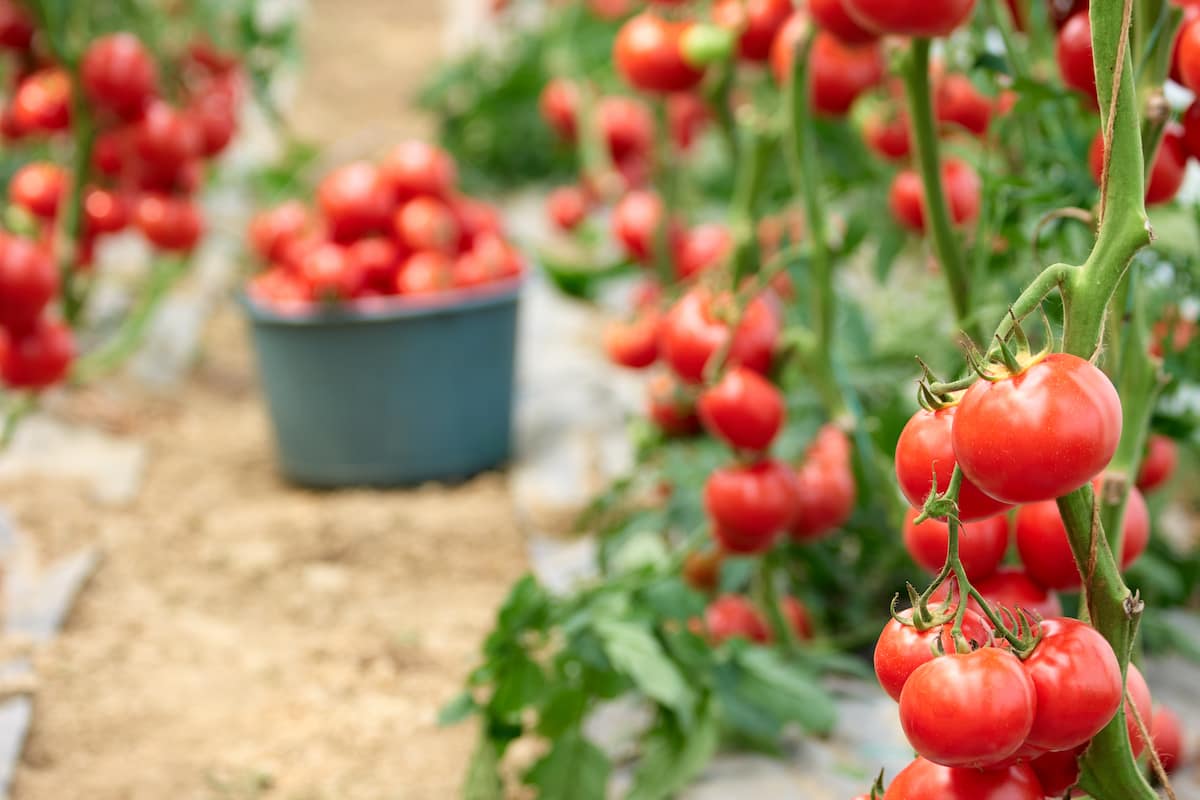South Texas is excellent for growing vegetables because of its warm, sunny weather and long growing season. However, it’s important to understand the region’s unique climate and planting schedule to maximize your garden’s productivity. This article will provide a detailed guide to the South Texas Vegetable Gardening Calendar, including zone-wise planting dates for different vegetables.

South Texas Vegetable Gardening/Planting Calendar
South Texas USDA Zones
First, let’s talk about the different growing zones in South Texas. The USDA divides the United States into 11 different growing zones based on average annual minimum temperatures. South Texas falls into zones 8a, 9a, and 9b. Zone 8a covers much of the Hill Country and San Antonio area, while Zone 9a covers the Coastal Bend, including Corpus Christi. Zone 9b covers the southernmost part of the region, including Brownsville.
Different Vegetables
Now, let’s look at the South Texas Vegetable Gardening Calendar. We’ll start with some of the region’s most popular vegetables for home gardeners. Beans are a great crop for South Texas gardens because they grow quickly and produce a lot of beans. They can be planted from February through August in all three zones. However, in Zone 9b, it’s best to avoid planting beans during the hottest summer months, as they may struggle in the extreme heat.
Corn is another staple of South Texas gardens. It can be planted twice yearly, from February through May and again in July and August. In Zone 8a, planting corn in the fall is possible, but it’s not recommended in the hotter zones. Cucumbers are a popular crop that can be planted from March through May and from August through September. They’re a fast-growing plant, and it’s important to pick them when they’re still small and tender for the best flavor.
Tomatoes are another beloved crop in South Texas, but they can be a bit fussy. They need a lot of sun and heat to grow, but they can suffer in the hottest part of the summer. In all three zones, tomatoes can be planted in March through May and again in August and September. Peppers are a warm-weather crop that can be planted from March through May in all three zones.
Now let’s talk about other vegetables that can do well in South Texas gardens. Asparagus, a perennial crop, has a growing period that covers the first two months of the year in all three zones. It takes a few years for the plant to become established, but once it does, it can produce for many years. Beets can be planted from September through February in all three zones. They’re a cool-weather crop, best grown in the fall and winter.
Broccoli is another cool-weather crop that can be planted from July through October. It’s important to pick the heads of broccoli before they start to flower for the best flavor. Brussels sprouts are a relative of broccoli and can also be planted from July through October. They need plenty of water and fertilizer to grow well.
In case you missed it: Vegetable Farming Business Plan: Key Rules to Start from Scratch

Carrots are root vegetables that can be planted from September through February. They need well-draining soil to prevent rotting. Cauliflower is another cool-weather crop that can be planted from July through October. It needs plenty of water and fertilizer to grow well. Collard greens are leafy greens that can be planted from August through February.
They’re a cool-weather crop and can be harvested for many months. Eggplant is a warm-weather crop that can be planted from March through May and from August through September. They need plenty of sun and warm soil to thrive and can produce a large harvest.
South Texas Vegetable Gardening Calendar
| Vegetable | Planting Dates (Zone 8a) | Planting Dates (Zone 9a) | Planting Dates (Zone 9b) |
| Asparagus | Jan – Feb | Jan – Feb | Jan – Feb |
| Beans | Feb – Aug | Feb – Aug | Feb – Aug |
| Beets | Sep – Feb | Sep – Feb | Sep – Feb |
| Broccoli | Jul – Oct | Jul – Oct | Jul – Oct |
| Brussels Sprouts | Jul – Oct | Jul – Oct | Jul – Oct |
| Cabbage | Jul – Oct | Jul – Oct | Jul – Oct |
| Carrots | Sep – Feb | Sep – Feb | Sep – Feb |
| Cauliflower | Jul – Oct | Jul – Oct | Jul – Oct |
| Collard Greens | Aug – Feb | Aug – Feb | Aug – Feb |
| Corn | Feb – May, Jul – Aug | Feb – May, Jul – Aug | Feb – May, Jul – Aug |
| Cucumbers | Mar-May, Aug – Sep | Mar-May, Aug – Sep | Mar-May, Aug – Sep |
| Eggplant | Mar-May | Mar-May | Mar-May |
| Garlic | Oct – Nov | Oct – Nov | Oct – Nov |
| Lettuce | Sep – Feb | Sep – Feb | Sep – Feb |
| Mustard Greens | Aug – Feb | Aug – Feb | Aug – Feb |
| Onions | Oct – Nov | Oct – Nov | Oct – Nov |
| Peas | Feb – Mar | Feb – Mar | Feb – Mar |
| Peppers | Mar-May | Mar-May | Mar-May |
| Potatoes | Feb – Mar | Feb – Mar | Feb – Mar |
| Tomatoes | Mar-May, Aug – Sep | Mar-May, Aug – Sep | Mar-May, Aug – Sep |
In case you missed it: How to Grow Vegetables Organically: A Step-By-Step Guide for Beginners

Conclusion
Growing a vegetable garden in South Texas can be a rewarding experience if you follow the right planting schedule and properly take care of your plants. By following the South Texas Vegetable Gardening Calendar and paying attention to your plants’ weather, watering, and fertilization needs, you can enjoy a bountiful harvest of fresh, homegrown vegetables all year.
- Feed Your Flock for Less: Top 10 Tips to Save on Chicken Feed
- Ultimate Guide to Ossabaw Island Hog: Breeding, Raising, Diet, and Care
- Hatching Answers: The Top 10 Reasons Your Chickens Aren’t Laying Eggs
- Eggs and Economics: Breaking Down the Cost of Raising Backyard Chickens
- Defend Your Greens: Proven Methods to Keep Iguanas Out of Your Garden
- Ultimate Guide to Cinnamon Queen Chicken: A Comprehensive Guide for Beginners
- Ultimate Guide to California Tan Chicken: Breeding, Raising, Diet, Egg-Production and Care
- Ultimate Guide to Marsh Daisy Chicken: Breeding, Raising, Diet, and Care
- 10 Types of Chicken Farming Businesses You Can Start for Profits